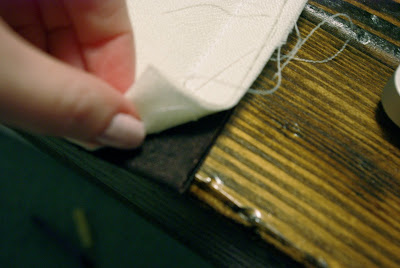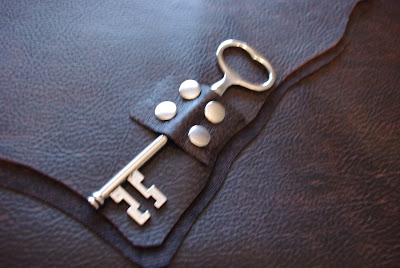This craft was suggested to me by a friend who wanted to make them as christmas presents. I loved making them and after a little practice and a few failures I think that it turned out to be a pretty successful project. I also didn't mind having company while making them. I have been waiting to post this for a few weeks now, but I promised I would wait until after Christmas so that I wouldn't ruin any surprises.

The photography classes that I have taken have taught me how expensive a picture printed on canvas can be. This project astounded me with how amazingly cheap making your own canvas picture can be. An additional bonus is that it is very easy. I do have to admit that the quality of the image was slightly less perfect than if it was professionally done, but I think the damaged parts add character. I also chose pictures that I took in chicago and it was cool for me to see how they turned out.
So, here are my instructions on how to create your own canvas images.
Supplies:
- A picture printed from a laser printer - Since a normal piece of paper is 8.5x 11 I wouldn't try to make anything bigger than that unless you have access to a large printer. I also only used black and white pictures, but colored should work as well.
- A canvas- I used one that was 8x10.
- A gel medium-I used Golden Gel Medium in both gloss and matte, but I prefer the matte finish better.
- A paint brush
- A spray bottle filled with water

Step 1. Apply a layer of the gel medium to the canvas. Flip the picture over so that the image side is down and line the picture up with the edges of the canvas.
Step 2. As the image begins to stick to the gel medium it will wrinkle a little bit. The best way to get the wrinkles out is to smooth them to the edges with your fingers or a credit card. I have never had an image where all of the wrinkles were completely removed, but if you work at it for a little while you can get most of them out.
Step 3. Wait for the canvas to dry. It should be dry in several hours, but if you can wait for it to dry overnight that is my suggestion.
Step 4. Once it is dry spray the paper with water and start rubbing the top layer of paper off. Be careful that you don't rub too hard. If you do it will remove the actual image from the canvas. I have never removed the paper without leaving at least one small hole. Don't be too concerned if this happens. It makes the picture look worn.
Step 5. Let it dry. You will notice that as it dries the paper begins to cover the image again. You will need to repeat steps four and five a few times to get all the layers of paper off. It doesn't need to be 100 percent perfect but it does need to be mostly removed.
Step 6. Let it dry, and then put a layer of gel medium on top of the picture to seal it. Make sure you get the edges as well. Let it dry and then you have a finished image.
Have fun. Let me know if you make any, I would love to know if anyone's turn out really well.

























